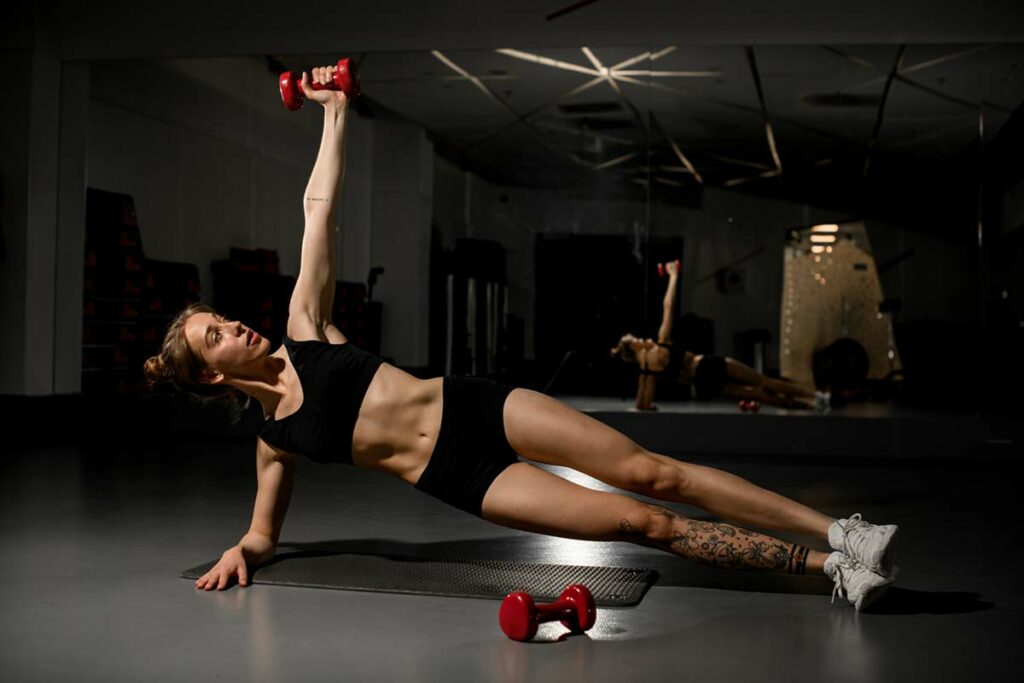Published in Dance/USA Task Force on Dancer Health, 2023
Introduction
Dancers are athletes. They undergo the same physical and mental demands as their sport counterparts. Across many genres of sports, cross-training (doing other forms of exercise), has added to the athletes’ strength and fitness levels allowing them to handle the demands of competing at the highest level.
Dance class alone does not prepare dancers for performance. Research has shown that dance class is anaerobic, meaning that rather than needing oxygen, the body is able to get energy by breaking down the sugar stored in muscle. However, dance performance, the equivalent of a sport competition, is aerobic, requiring oxygen for muscles to sustain activity. Similar to athletes of other sports, professional dancers can also benefit from cross-training.
Cross-Training: What Is It?
Cross-training for dancers means doing exercises and activities that support what is done in class to improve fitness, strength, balance, and agility. Endurance is required so that dancers can make it through entire performances, sometimes many in one day, without feeling exhausted, which may lead to an increased injury potential. For example, dancers can benefit from more cardiovascular exercise such as swimming, running, cycling, elliptical, rowing, stair climbing, and jumping rope. A large variety of exercises can be done to improve strength, without changing the physique: muscle size will not increase (for more information please see Building Strong Performers: Weight Lifting or Resistance Training for Dancers). Strength, core, balance, and agility exercises can all be tailored to improve the dancers’ response to the demands of choreography for specific roles.
Cross-Training: Why Do It?
Cross-training has research-proven benefits including the following:
- improved mental health
- improved performance
- reduced rate of injuries
- faster recovery from injuries
- decreased quantity of injuries
- significant cost-savings for companies
Mental health benefits include stress reduction, improved job satisfaction, improved productivity, and less burnout. Performance benefits include improved coordination, improved stability, increased jump height, increased power with jumps, improved arabesque height, improved pirouettes, improved strength without changing– and often improving aesthetics, and improved endurance.
Cross-Training: Where to Start?
Ideally, cross-training should be integrated into the schedule by someone who knows the company and is familiar with the choreography demands, such as the healthcare provider or strength and conditioning coach, with the collaborative support of the company manager and an informed artistic staff. It may take some time to figure out the optimal schedule. Research has shown benefits for programs that are done in as little as 30 minutes, two times per week.
A program can be implemented in the dance studio with minimal equipment, requiring little to no storage space, using bands, body weight resistance, and jump ropes. If there is more room, weights, bosu balls, and agility equipment can be added. The Task Force on Dancer Health’s Subcommittee on Cross-training will be developing a sample program, so stay tuned!
Cross-Training: A Summary
Cross-training is an integral part of the elite athlete’s training regimen. Dancers fall into this same category of athleticism and can benefit from cross-training in the same way. Cross-training should be incorporated into the dancer’s schedule. It enables a dancer to become more efficient, handle the mental demands better, be less susceptible to injury, recover faster from an injury, and perform better, resulting in cost-savings and improved performance for a company. Many companies have been implementing programs and dancers, company managers, and artistic staff have noted significant benefits.

